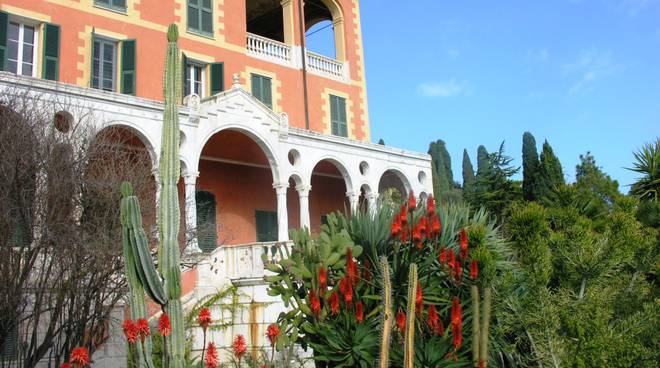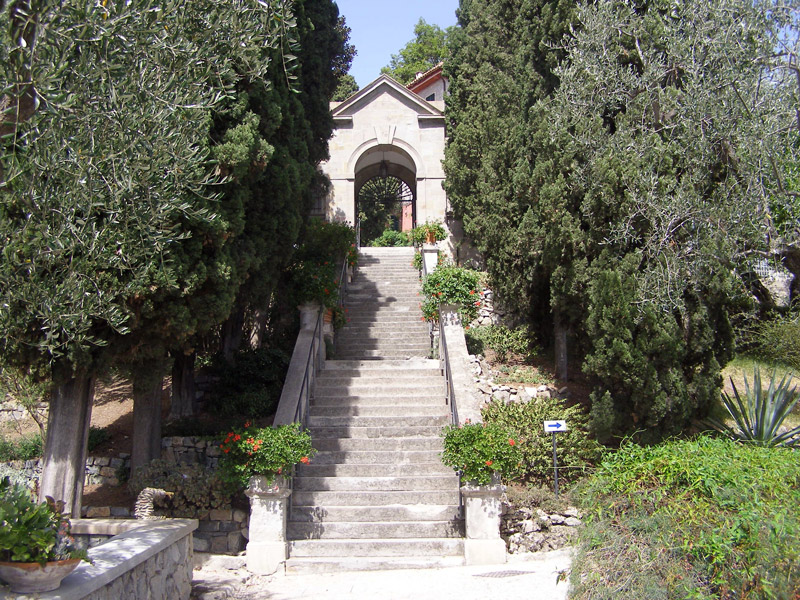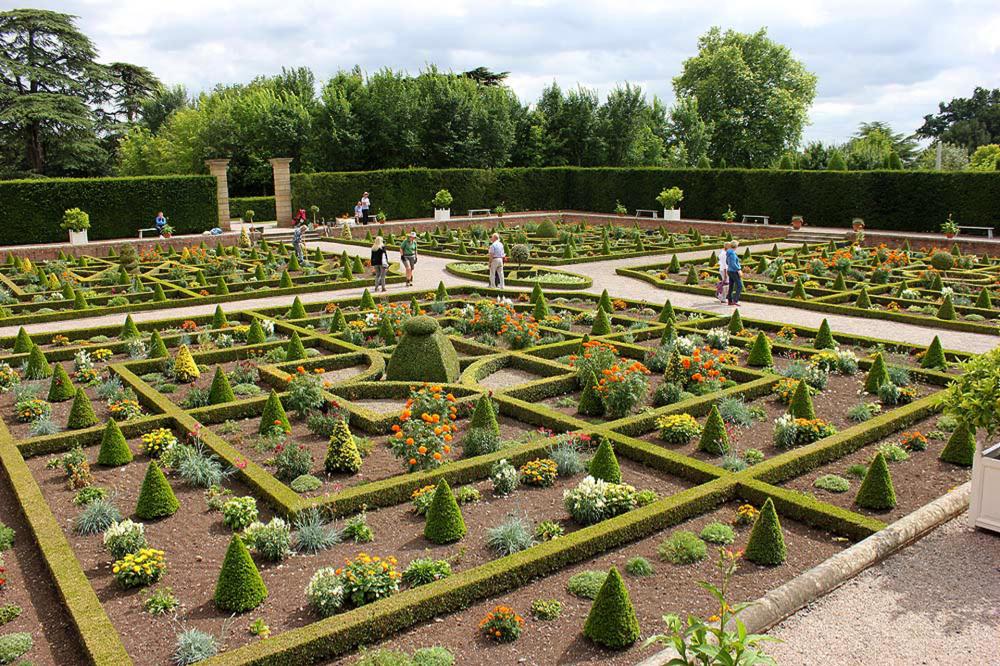


Thomas Hanbury, after having bought the Orengo family's enchanting farm located in Mortola, began in 1867 the extraordinary work that would have made his property one of the most famous gardens in the world.

The property had an enormous wealth of microclimates derived from the diversity of exposure to light and winds, from the different steepness and humidity conditions.

The two brothers and their precious collaborator knew how to make the most of them, recognizing the most favorable conditions for the growth of the plants they wanted to cultivate.

The plans also involved the reworking of the paths, the renovation of Palazzo Orengo and the other buildings on the property, the architectural ornamentation of the gardens.

After Thomas's death, his wife never returned to La Mortola and the period of the First World War, with the return of the last curator Alwin Berger in Germany, marked a time of serious degradation. At the end of the conflict it was Thomas's eldest son, Cecil, who decided to put his hand back on the property.

This is the period in which we begin to identify the parts of the gardens with numbers, a method that makes the identification of the botanical specimens more immediate, to modify the central part of the gardens and to give more space to the landscape, creating panoramic views, others avenues, paths, fountains, as the new taste that was establishing itself on the French Riviera wanted, as described in the Hortus Mortolensis in 1938.

The scientific aspect continued to be cultivated thanks to relationships with numerous gardens and botanical gardens all over the world, the hospitality of students of the School of Horticulture promoted by Kew Gardens, the exchange of specimens and seeds, the enrichment with new species from from Mexico, Chile, South Africa, India, places where Cecil financed botanical expeditions. The curators in this period were the English Joseph Benbow and McLeod Braggins and were followed by Italian directors trained in Great Britain.

The Gardens maintained their character as a political and cultural center and continued to be open to the public.

The Superintendency bound the property by recognizing its architectural, landscape and cultural value, a bond ratified by Law 1089 of 1939.

Dorothy resided in Mortola even after Cecil's death in 1937, but in 1940 the Gardens, belonging to foreigners, were confiscated and entrusted to the Banco di San Paolo.
Hanbury Botanical Gardens
Address: Corso Montecarlo, 43, 18039
Phone: +39 0184 229507
Site:
https://giardinihanbury.com/Location inserted by
CHO.earth